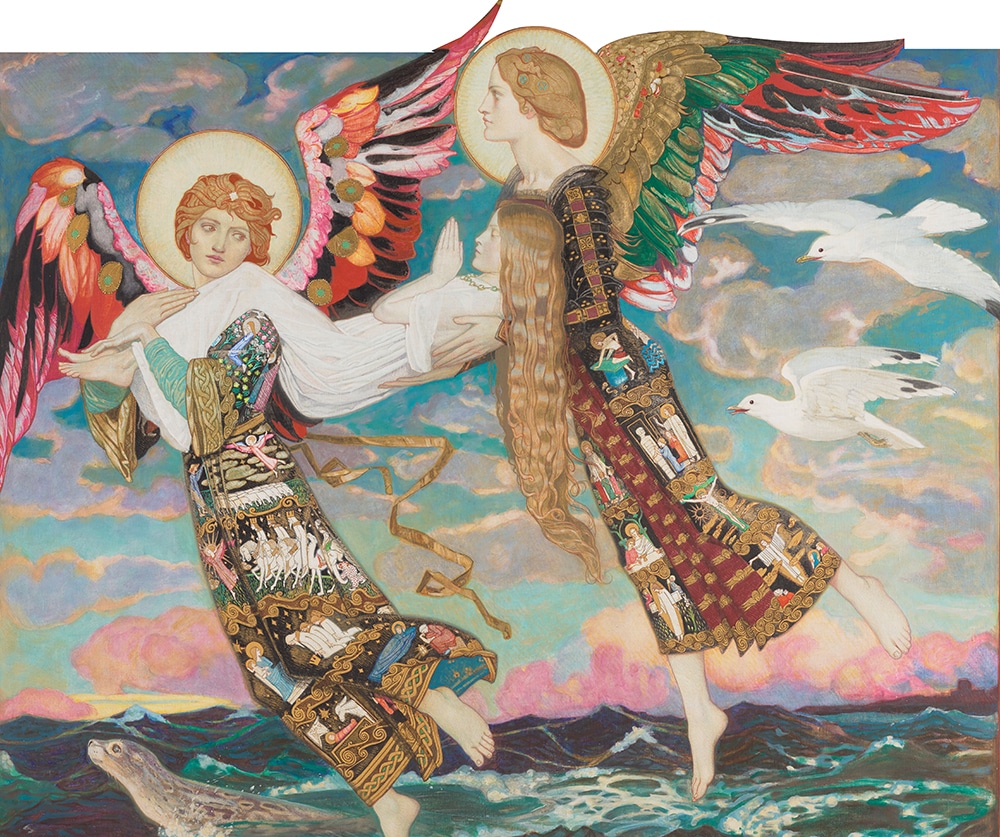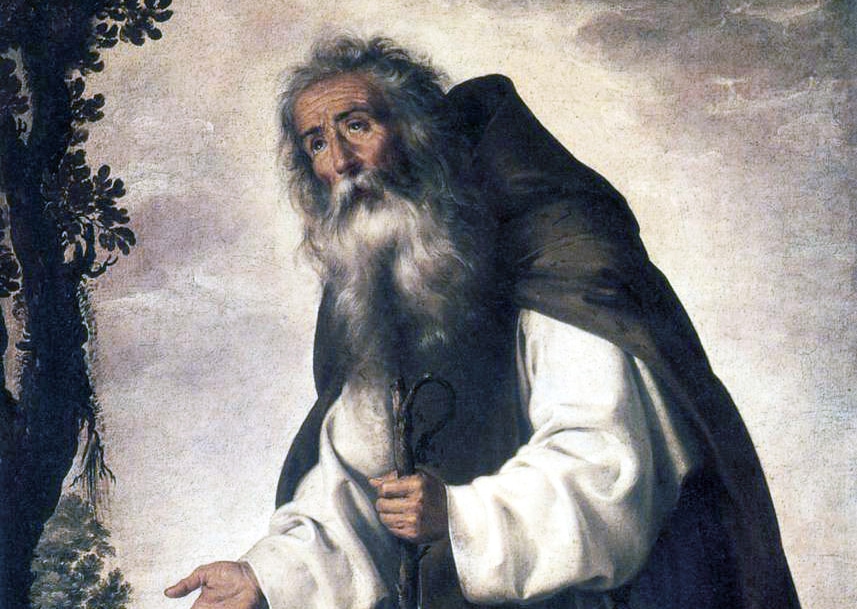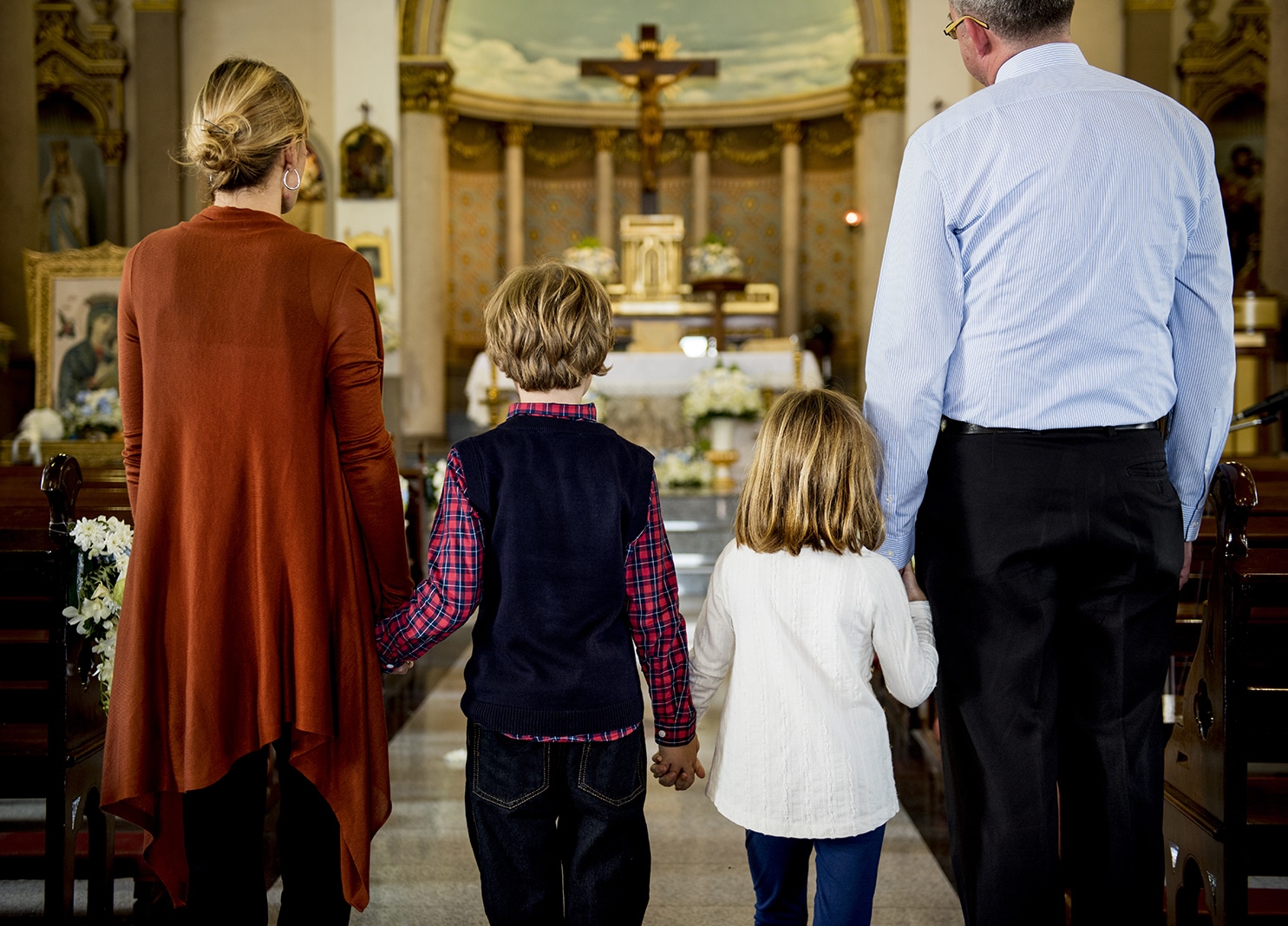St. Brigid of Kildare (d. 525) is one of the most beloved saints of Ireland. Together with Sts. Patrick and Columba, she is venerated as one of Erin’s Trias Thaumaturga (“Three Wonderworkers”). St. Brigid was the foundress of the great ecclesiastical city of Kildare, which in its heyday rivaled St. Patrick’s Armagh for primacy of the Irish Church. She worked innumerable miracles during her life and was responsible for the introduction of monasticism into southern Ireland. Her feast day (Feb. 1) is a public holiday in Ireland and is celebrated by Catholics the world over.
Unfortunately, St. Brigid’s status as a Catholic wonderworker is often overshadowed today by speculative theories attempting to link Brigid to a Celtic pagan goddess. If you don’t believe me, simply Google “St. Brigid pagan goddess” and take a quick survey of the results. There is a concerted effort to rework St. Brigid into a New Age icon, stripping away everything that made her distinctively Catholic to present her as an emblem of New Age spirituality.
Visitors to the Kildare today will likely be told that the church (whose name means “church of the oak” in Gaelic) was once the site of a pre-Christian druidic grove. They will be shown a rectangular stone structure called the “fire house” and told that it is the remains of a perpetual fire that was kept burning by St. Brigid’s nuns.
This fire, we are told, dates back to remote antiquity when Kildare was a pagan shrine to the Celtic fire goddess. It will be explained that the Kildare’s convent developed out of an earlier order of pagan priestesses who once tended Kildare’s sacred flame. They will be told that her feast day (Feb. 1) corresponds to the pagan Celtic festival of Imbolc. It may even be suggested that the historical St. Brigid never existed, being little more than a Christianized version of an ancient pagan goddess of a similar name.
Pre-Christian druidic grove
This is all nonsense. There is no textual evidence that Kildare was ever the site of a druidic grove. As far as we can tell from the historical records, Kildare was uninhabited before St. Brigid founded her church on the site. The name Kildare (Cill Dara, “church of the oak”) does not call back to some lost pagan grove but refers to the more boring fact that Brigid’s original church was built of oaken rods. The medieval text Leabhar Breac on the life of St. Brigid tells us that she obtained “one hundred horse loads of peeled rods” from Ailill mac Dúnlainge, King of Leinster. With these oaken rods “thereout was built St. Brigit’s house in Kildare.”
Given the absence of textual evidence that Kildare was a pagan shrine, we must look to archaeology to provide answers. Given that no one has ever conducted any archaeological dig beneath Kildare, this, too, is mere speculation.
The fire house
What about the fire house, where pagans allegedly kept a perpetual fire burning to a Celtic mother goddess? Nobody truly knows what this rectangular structure is. Medieval documents do mention a “fyre house” on the site, but no one is sure what it was, much less that the current rectangular structure shown to visitors is the same as the medieval building. Its designation as a “fire house” is just a popular nickname. Whatever the rectangular structure is that visitors see today, it certainly does not date from St. Brigid’s day. Its stonework and architecture — with sharp “arris” edges — suggest that it dates from Norman times, centuries too late to be a pagan structure.
There certainly were fires burning at medieval Kildare, but Celtic scholar Christina Harrington suggests that these were likely related to Christological imagery. In her scholarly tome “Women in a Celtic Church: Ireland 450-1150,” (Oxford University Press), she writes: “Nor was the presence of a perpetual fire unique to Kildare: in the twelfth and thirteenth centuries seven others are mentioned in the hagiography, all of them at male monasteries. The inescapable conclusion is that such flames in Ireland were not especially associated with women and appear rather late in the historical record. The reasons for their existence were probably Christo-theological: the luminary imagery of Christian deity was as ubiquitous in Ireland as it was elsewhere in the West.”
Celtic holy day
What about the assertion that St. Brigid’s feast day (Feb. 1) is the date of the Celtic holy day of Imbolc? Doesn’t this suggest that Brigid’s cultus developed out of the pagan festival?
The truth is, we know very little about Imbolc. The earliest references to Imbolc date from the 10th century and simply refer to it as a time for milking sheep. This is all that can be said with certainty about it. We do not know what gods it commemorated (if any) nor how it was celebrated.
Professor Ronald Hutton, in his study of the Celtic seasonal cycles, says of Imbolc: “The festival must be pre-Christian in origin, but there is absolutely no direct testimony as to its early nature, or concerning any rites which might have been employed then. There is, in fact, no sign that any of the medieval Irish writers who referred to it preserved a memory of them, and some evidence that they no longer understood the meaning of the name itself.”

Whatever the feast of Imbolc was, we have no idea. The historical feast of St. Brigid is much better attested than Imbolc, whatever it was. St. Brigid’s feast day was being celebrated in Kildare within a century of her death, hundreds of years before the first mention of Imbolc in the historical record.
The idea that devotion to St. Brigid of Kildare represents the continuation of some druidic cult is raw speculation that has no foundation in history or archaeology. The theory was the product of the over-active imagination of Victorian authors eager to find traces of pagan antiquity in modern institutions, later seized upon by New Agers bent on appropriating Brigid as an emblem of a Celtic spirituality devoid of Catholicism.
If you want to learn more about the actual St. Brigid, I recommend Cruachan Hill Press’s edition of Cogitosus’ “The Life of St. Brigid of Kildare,” which not only presents two ancient versions of Brigid’s life but contains an appendix debunking the myths we’ve addressed here.







